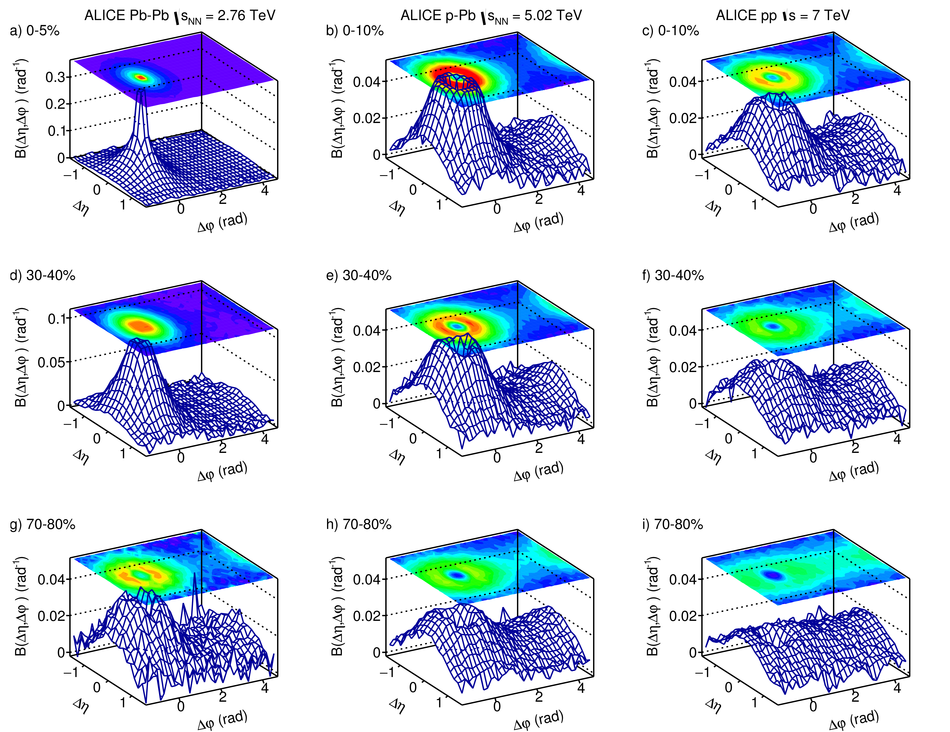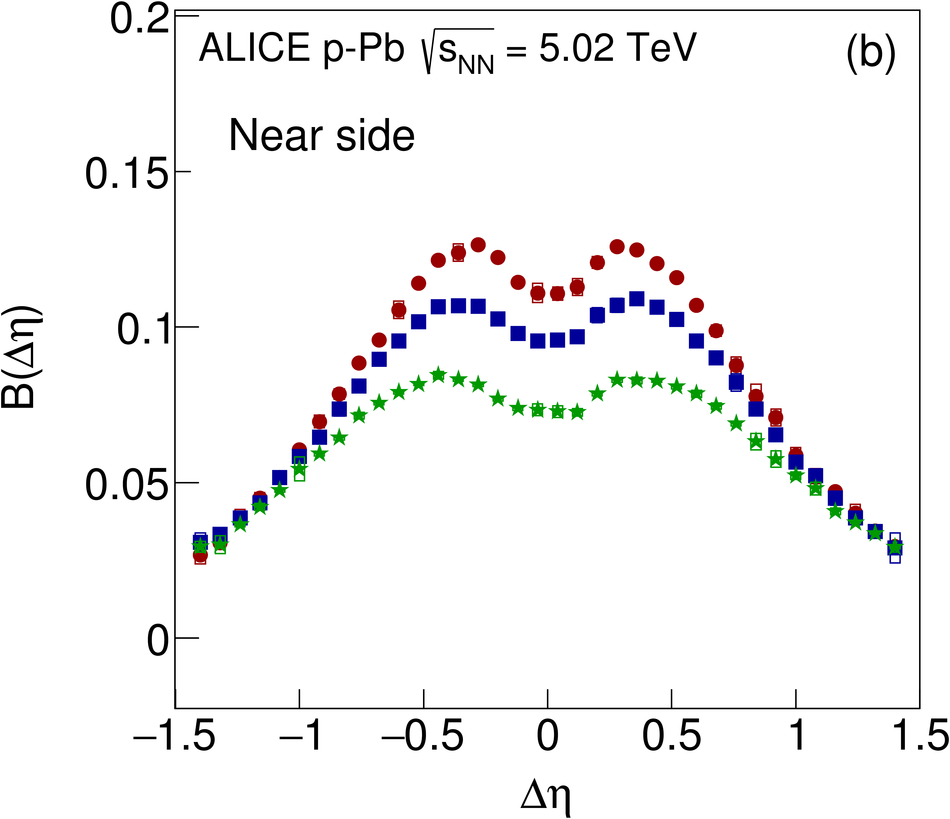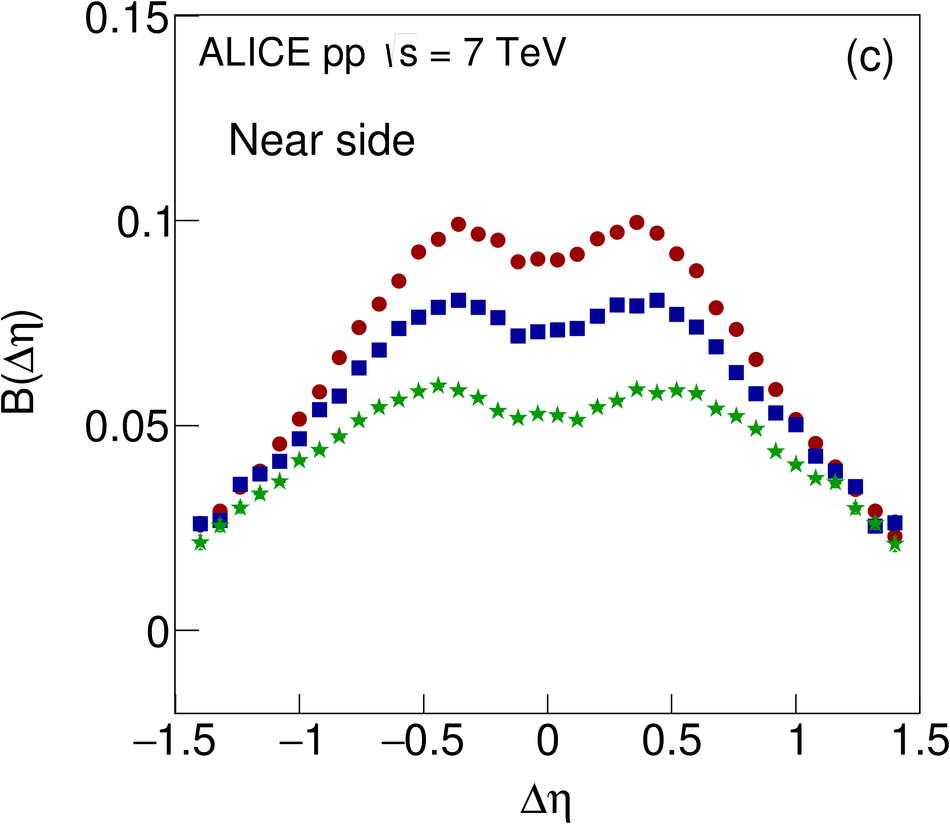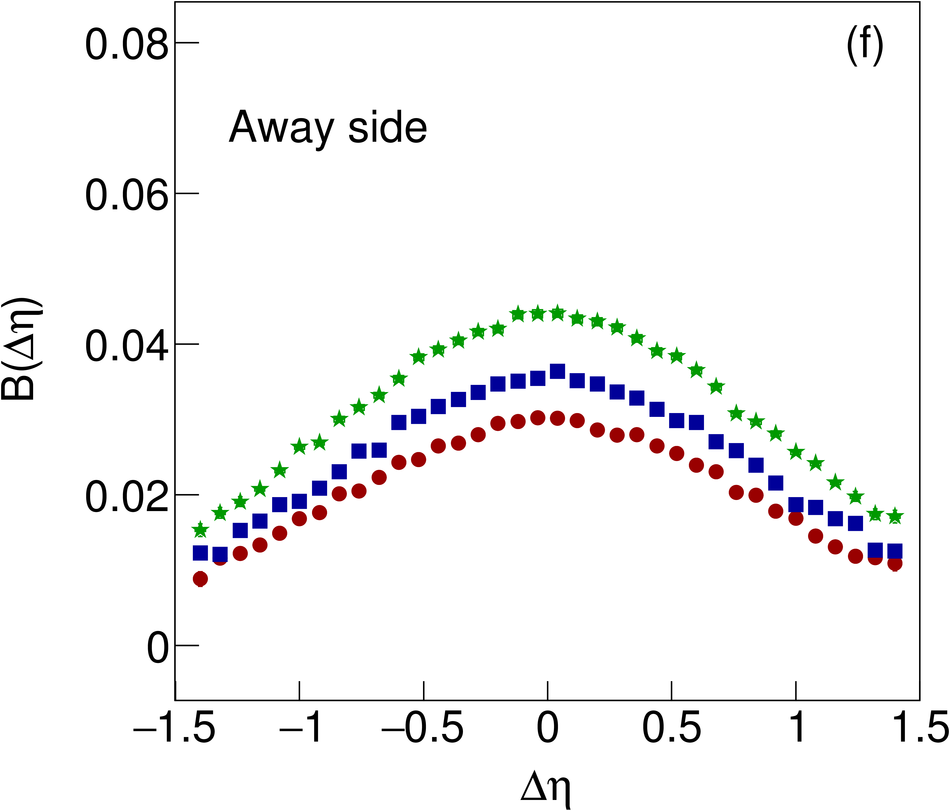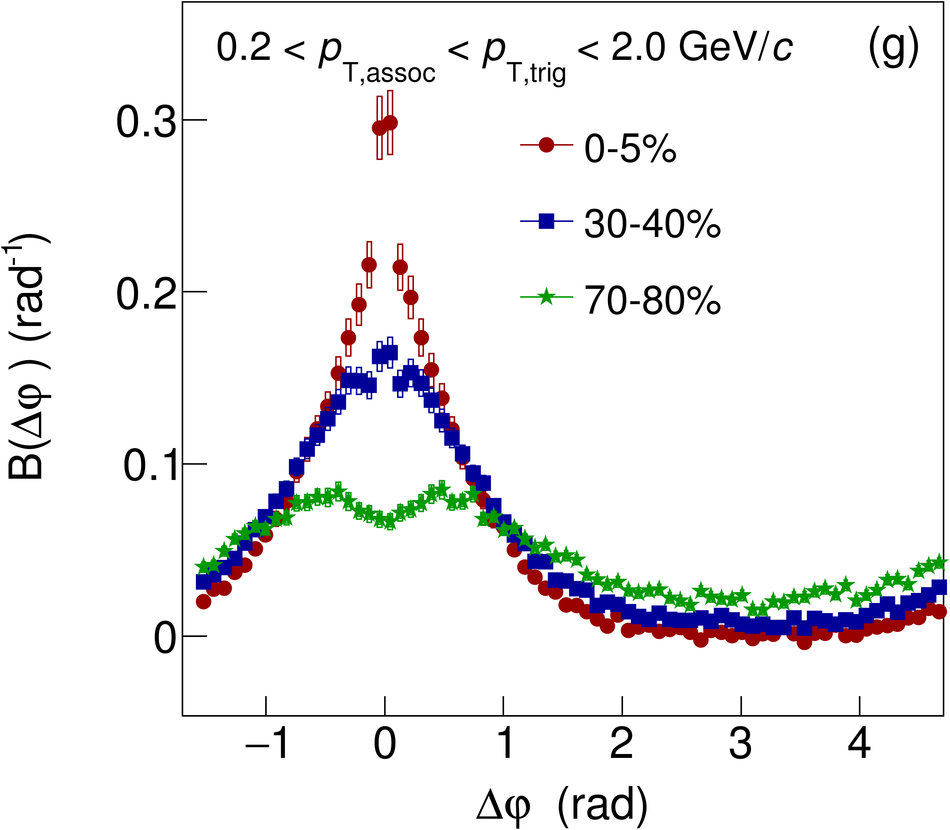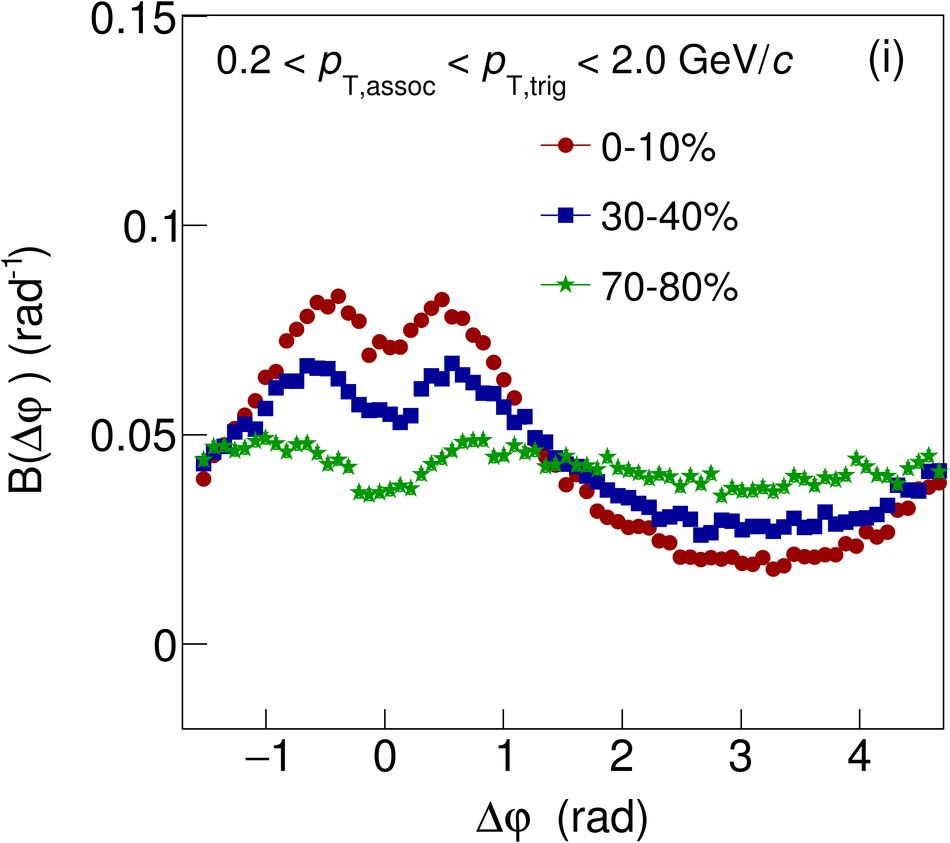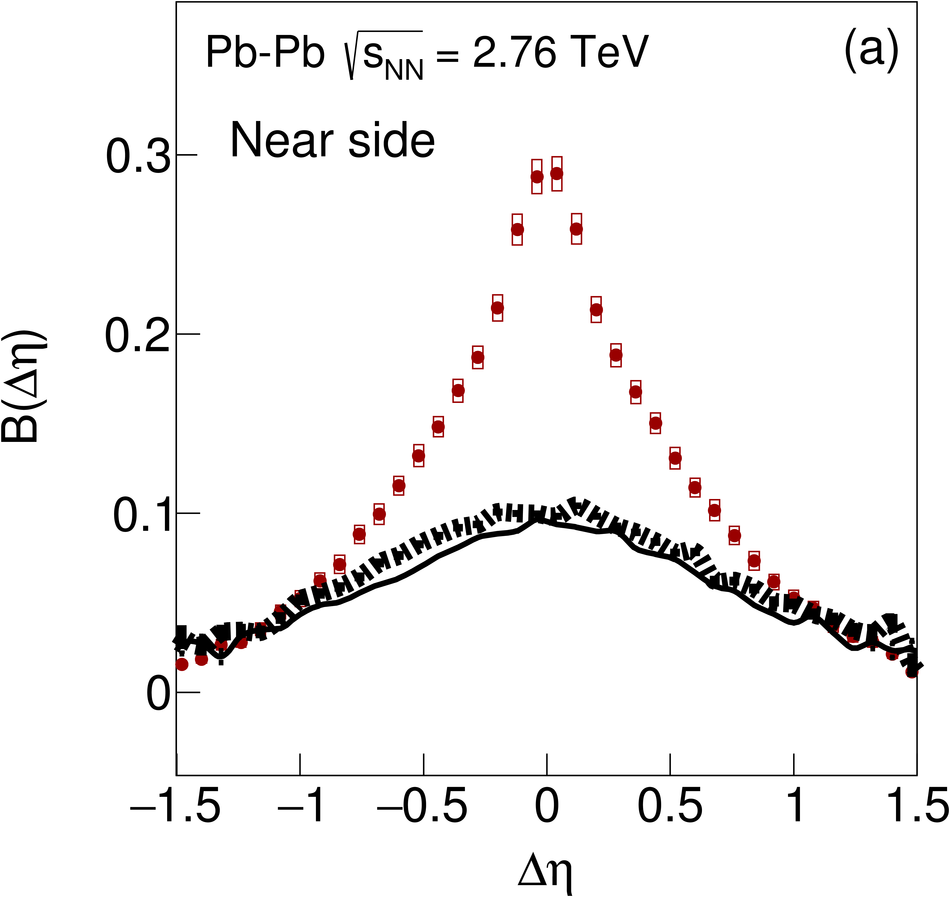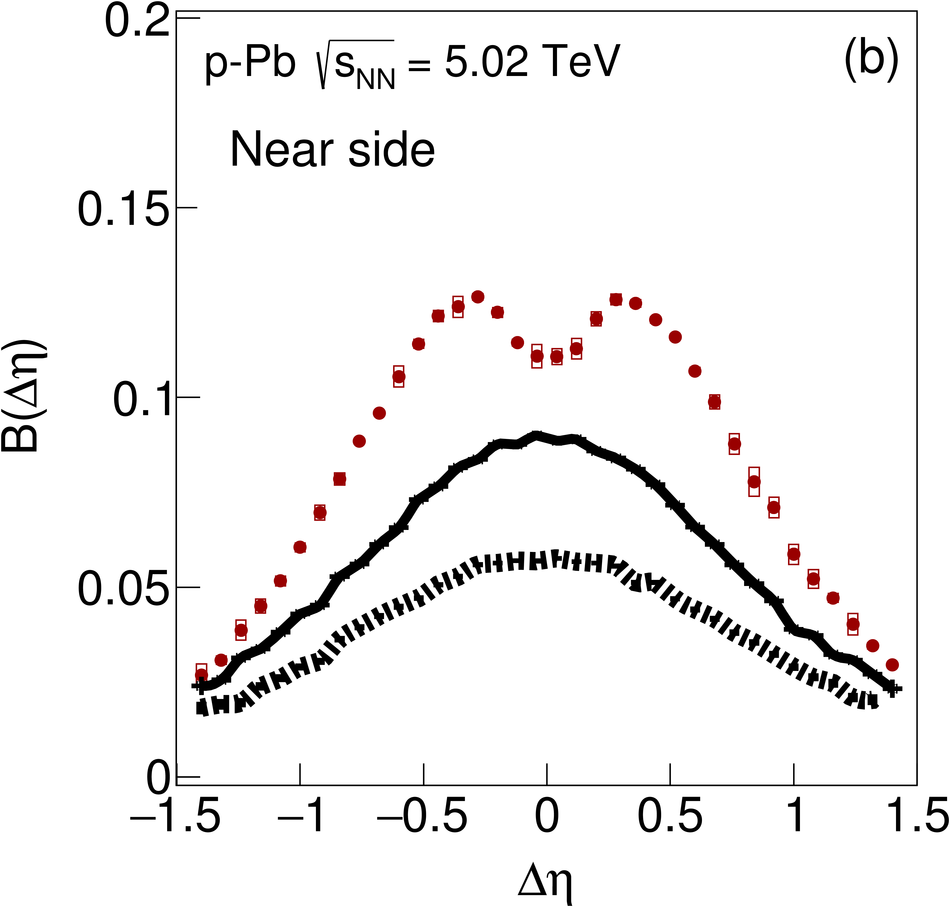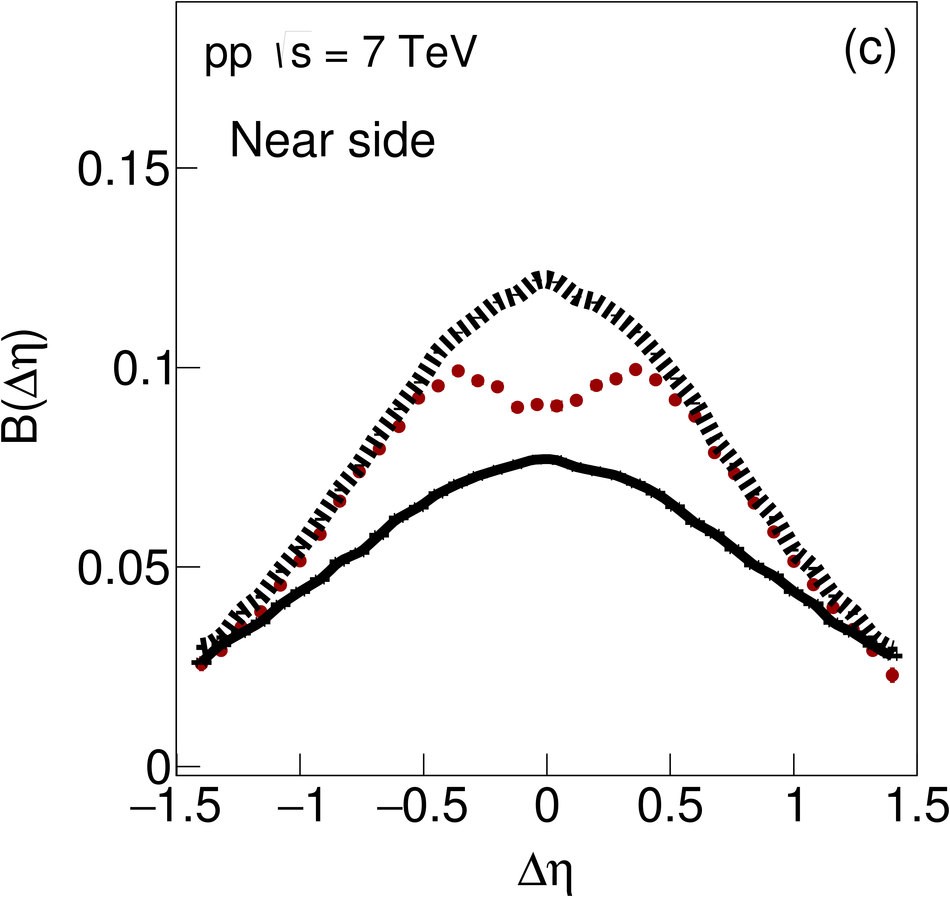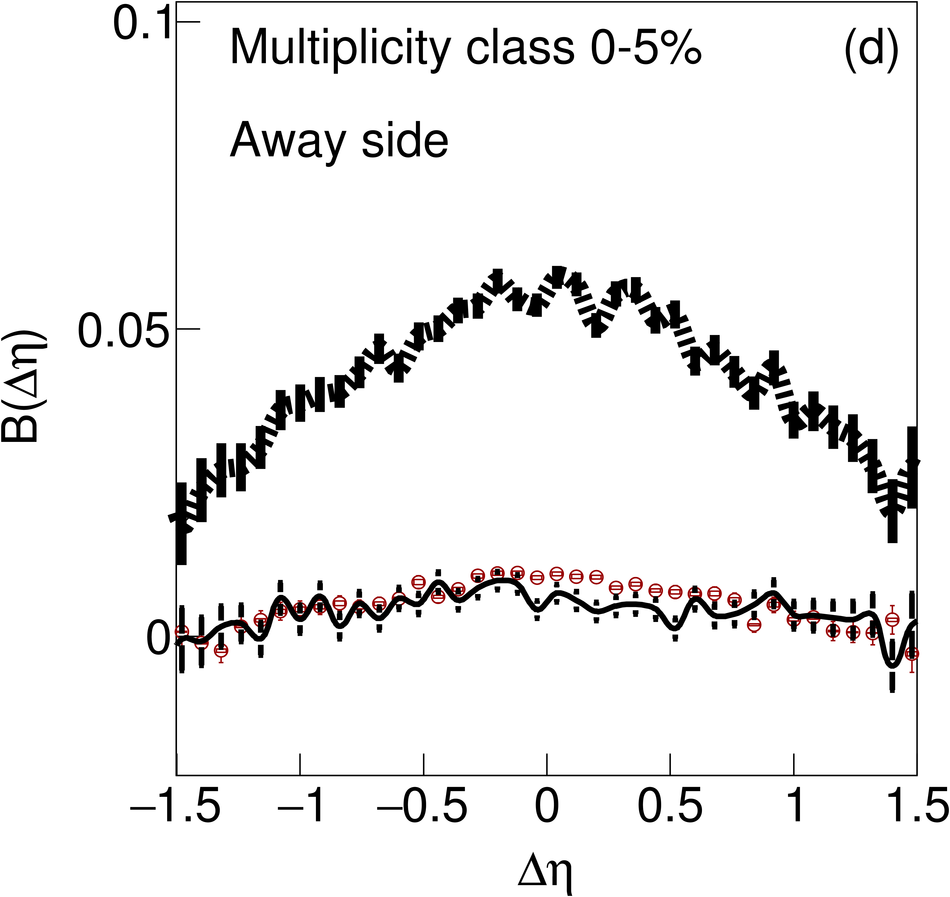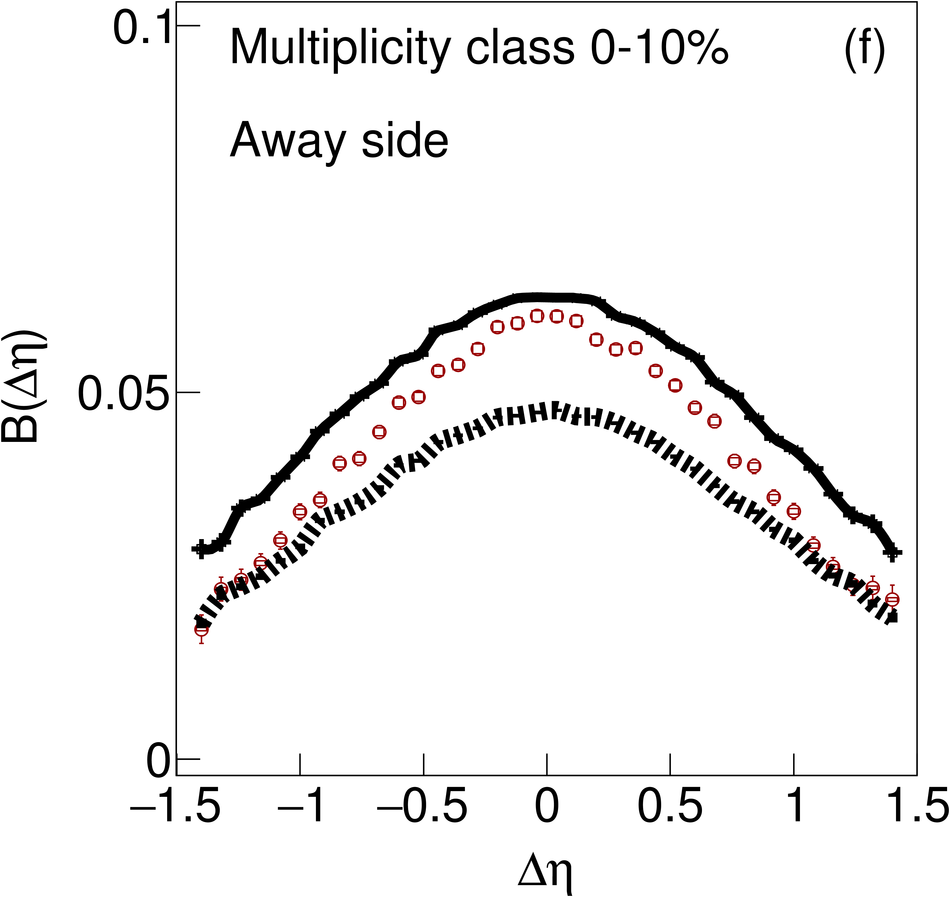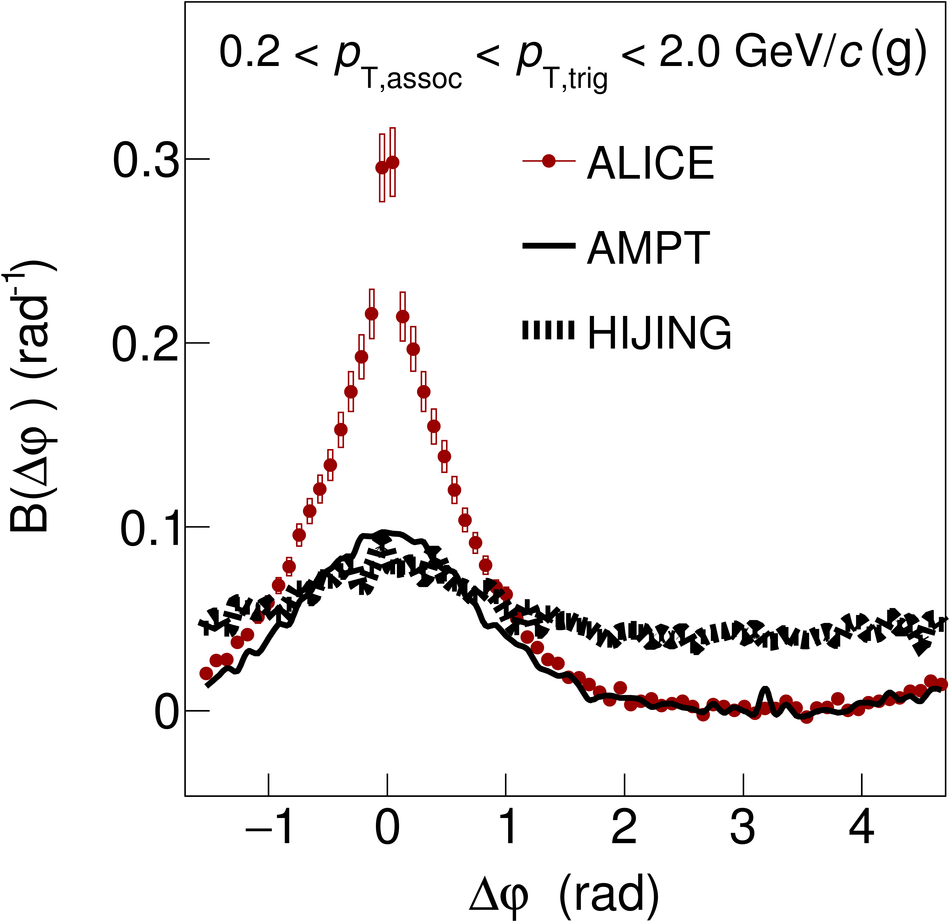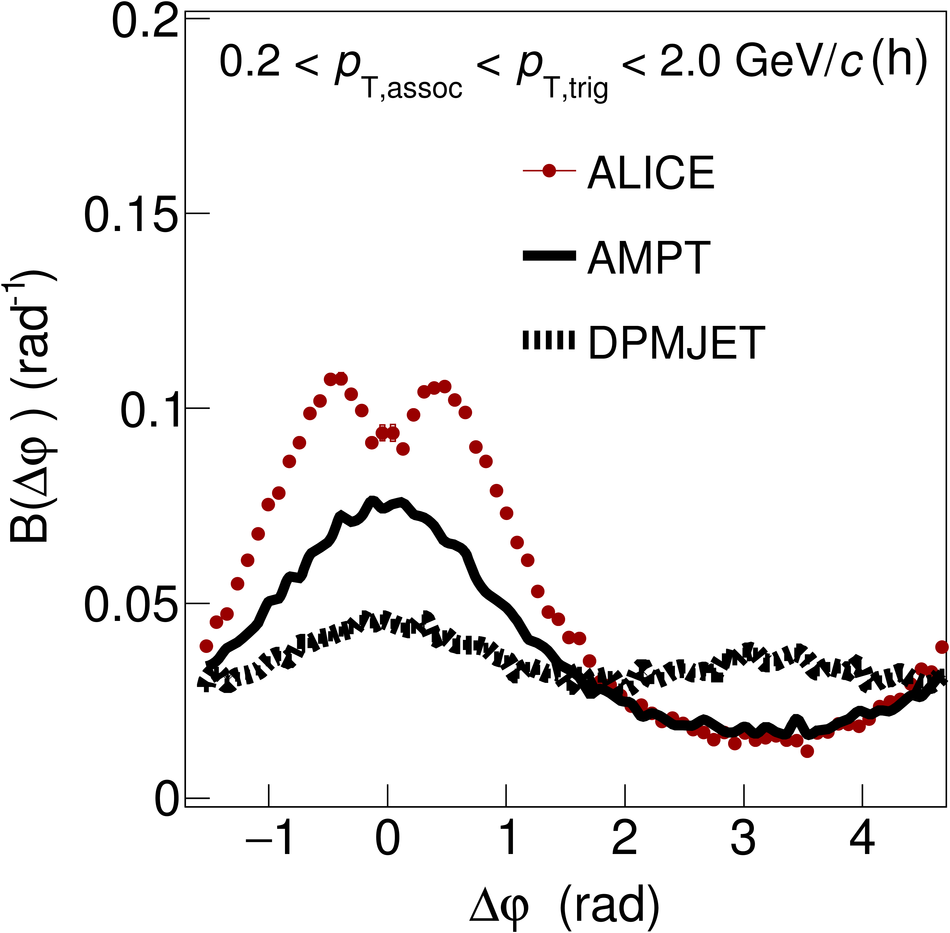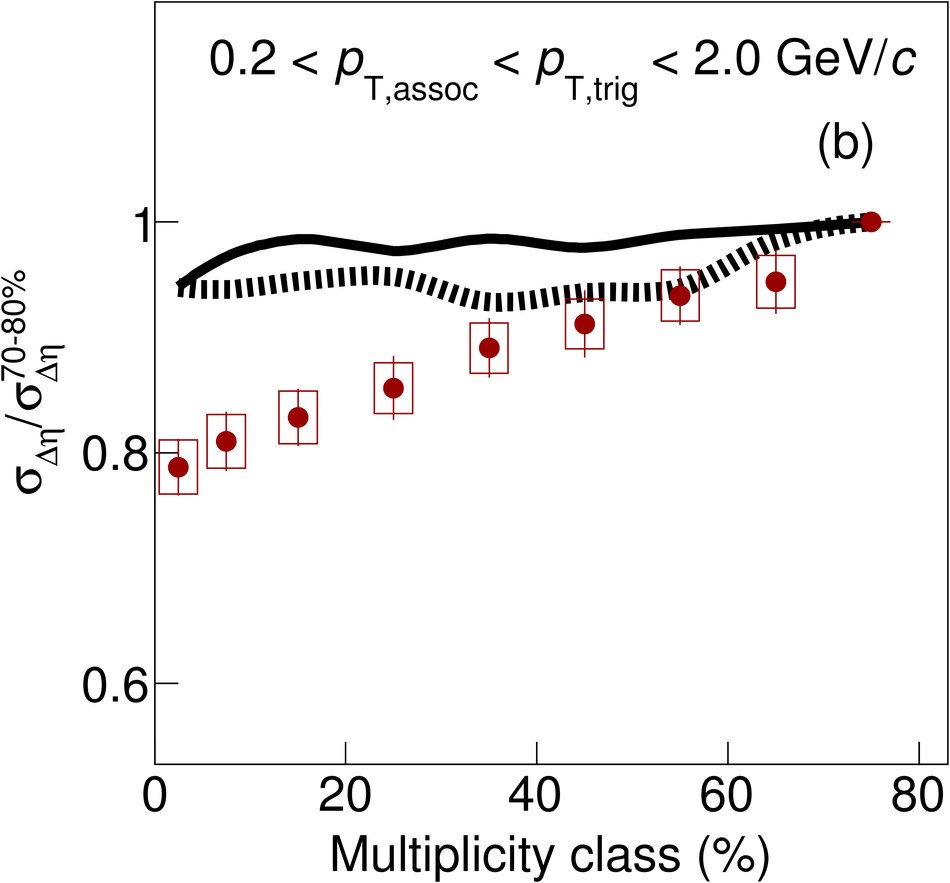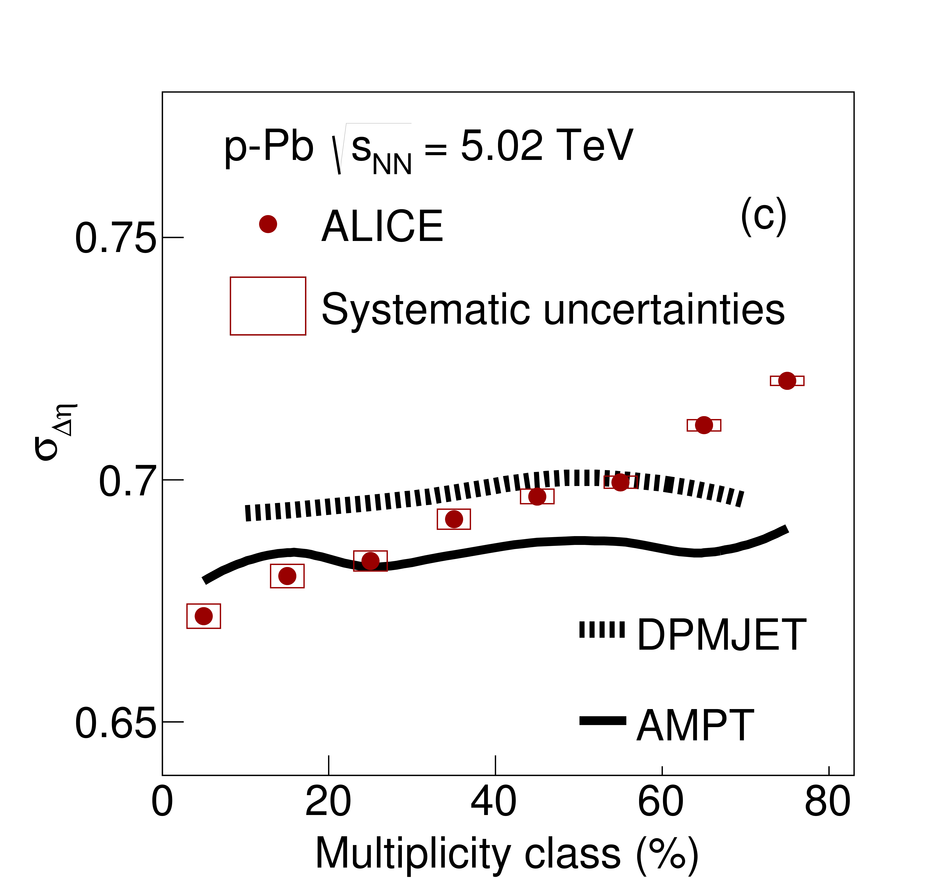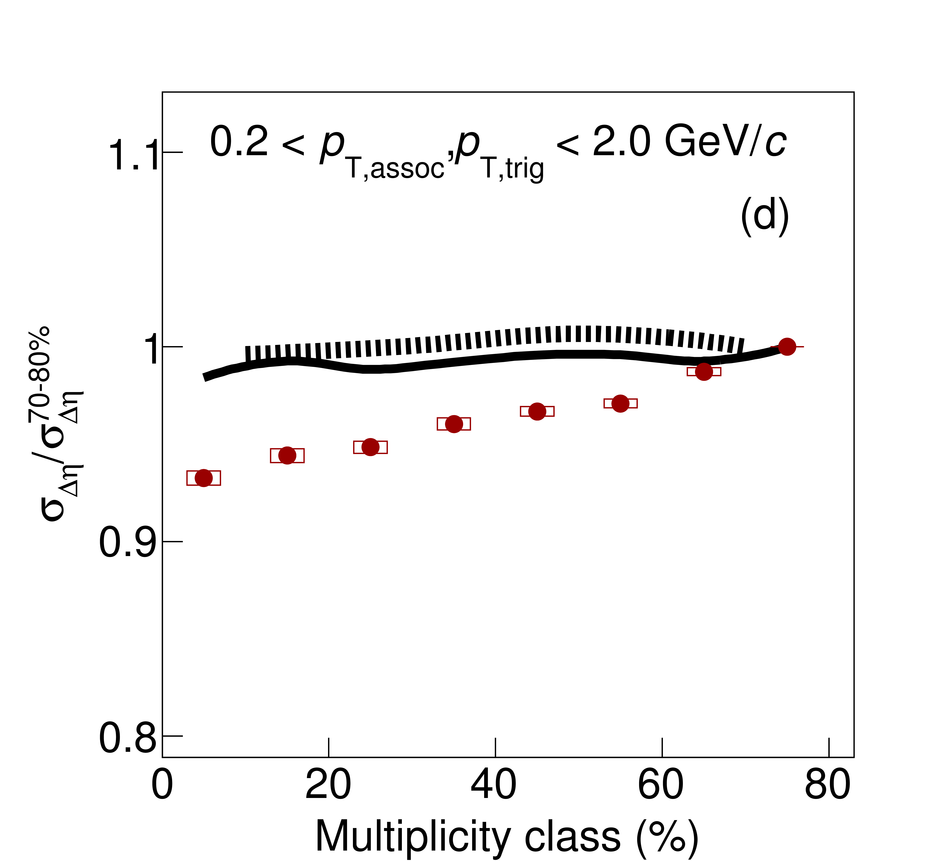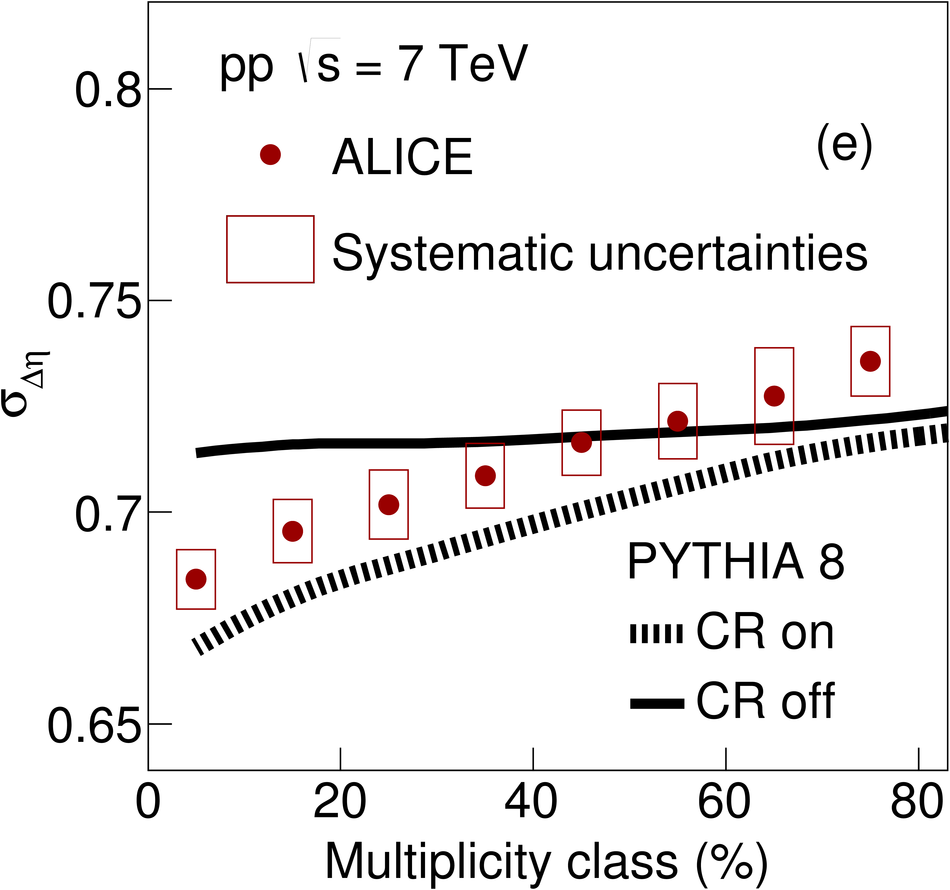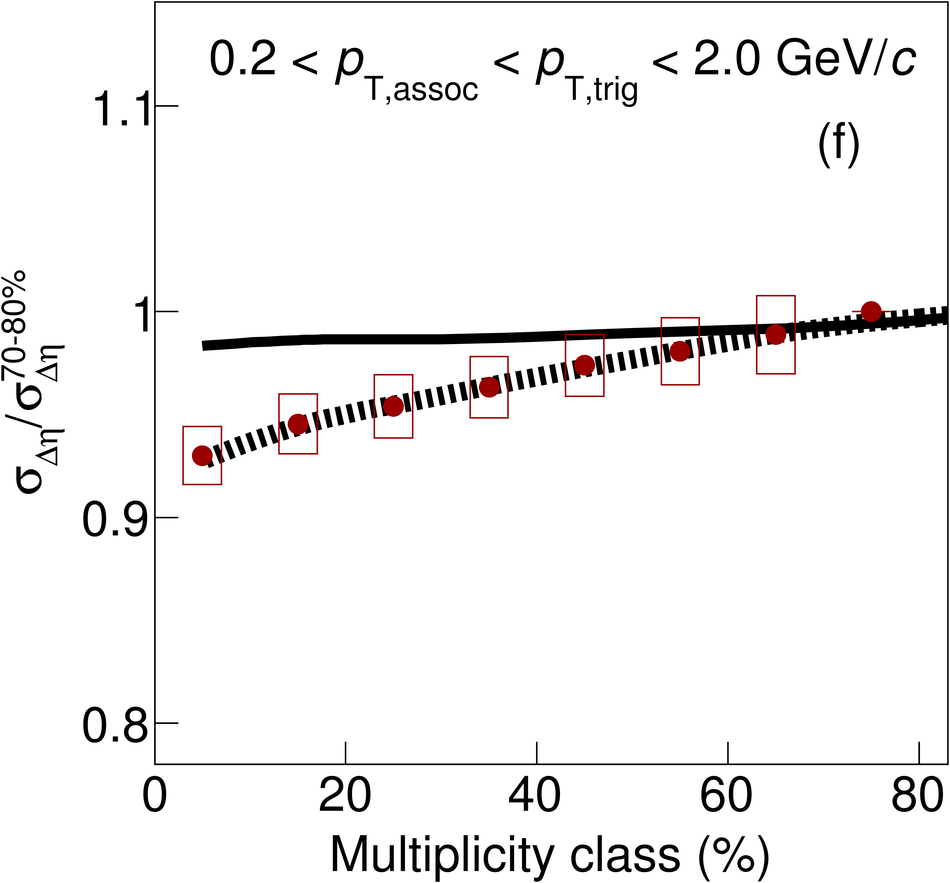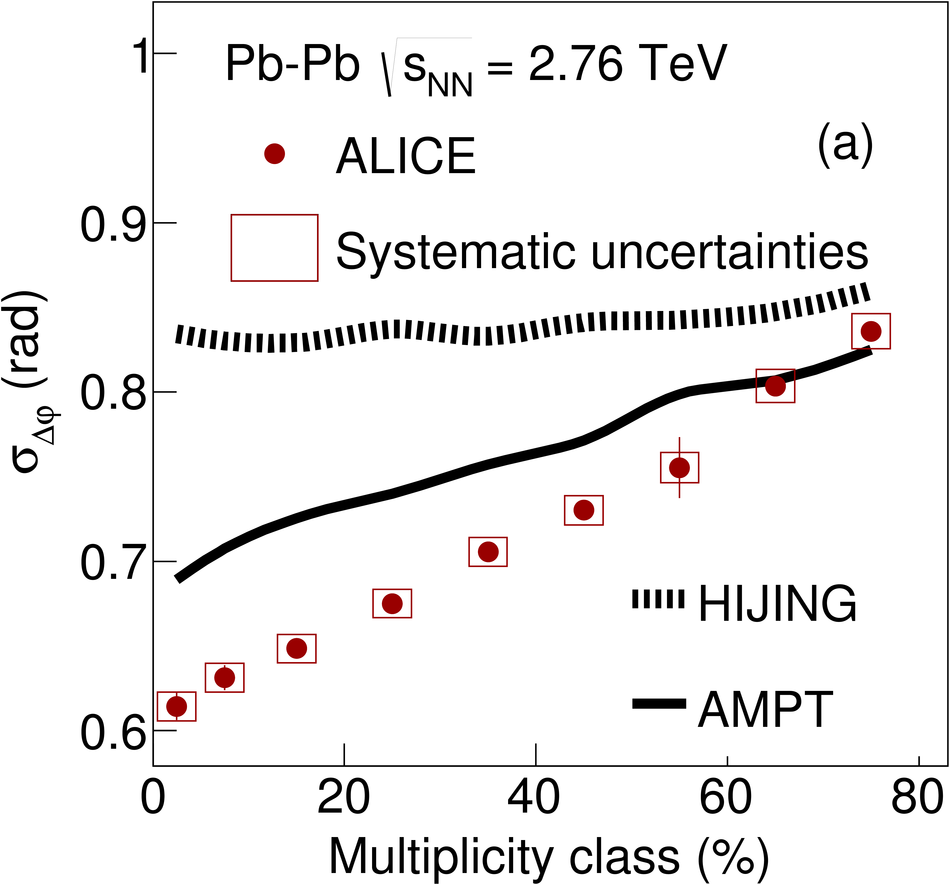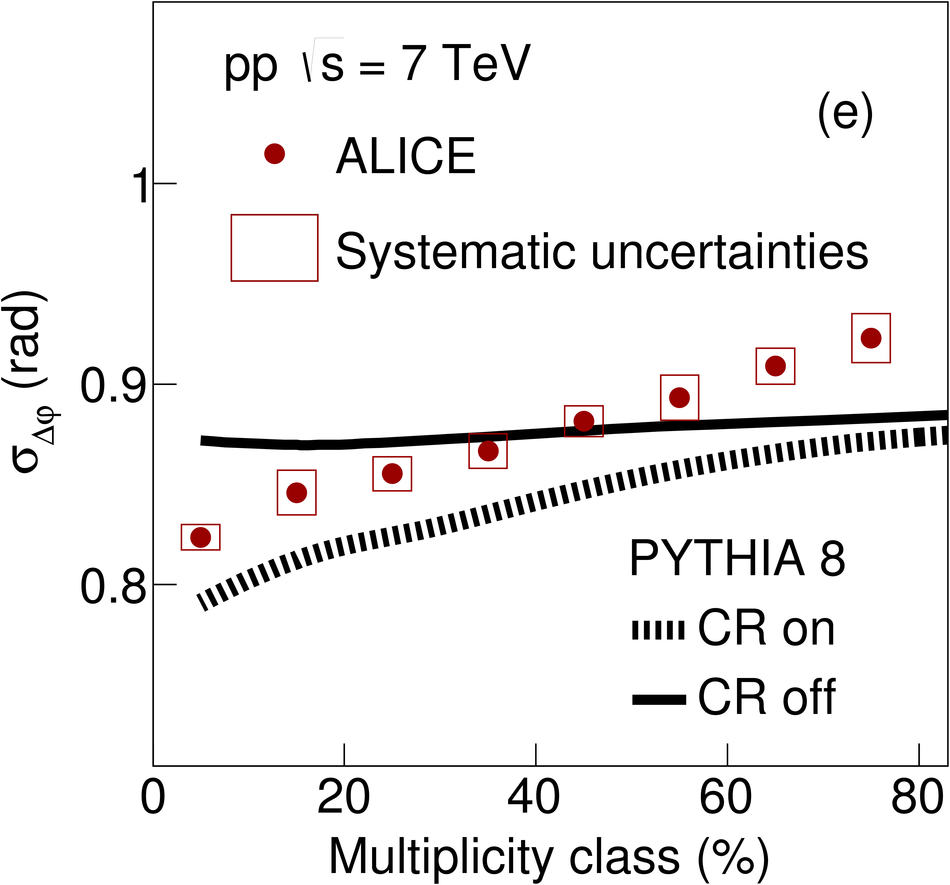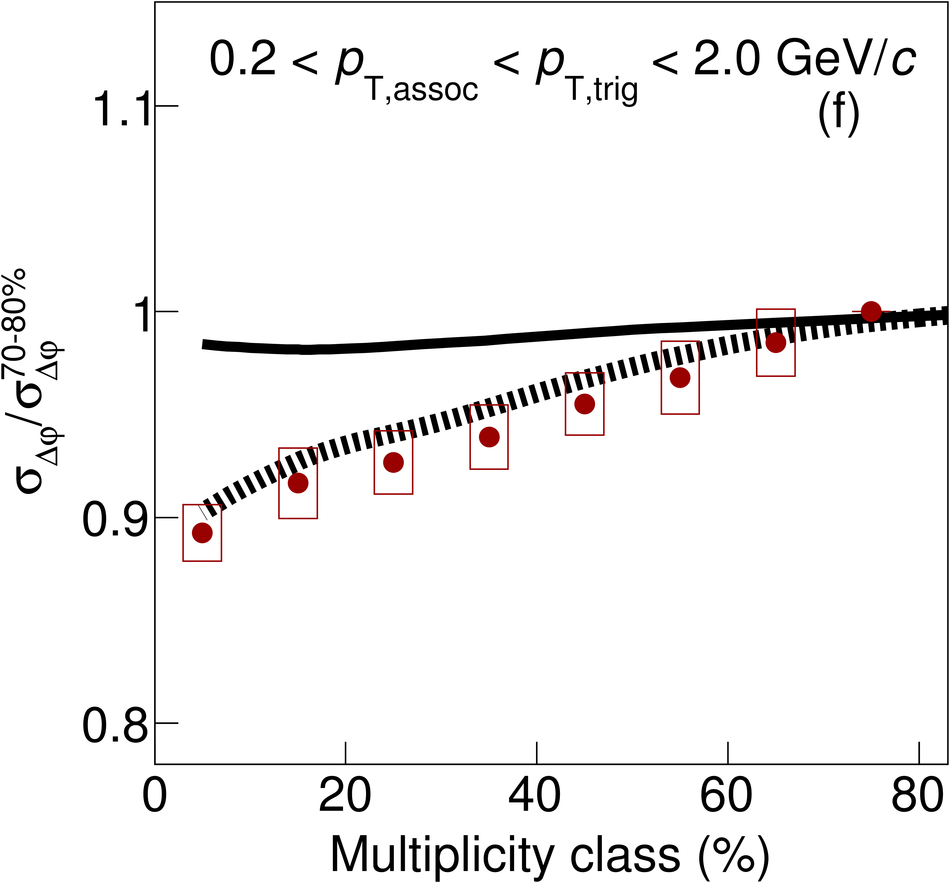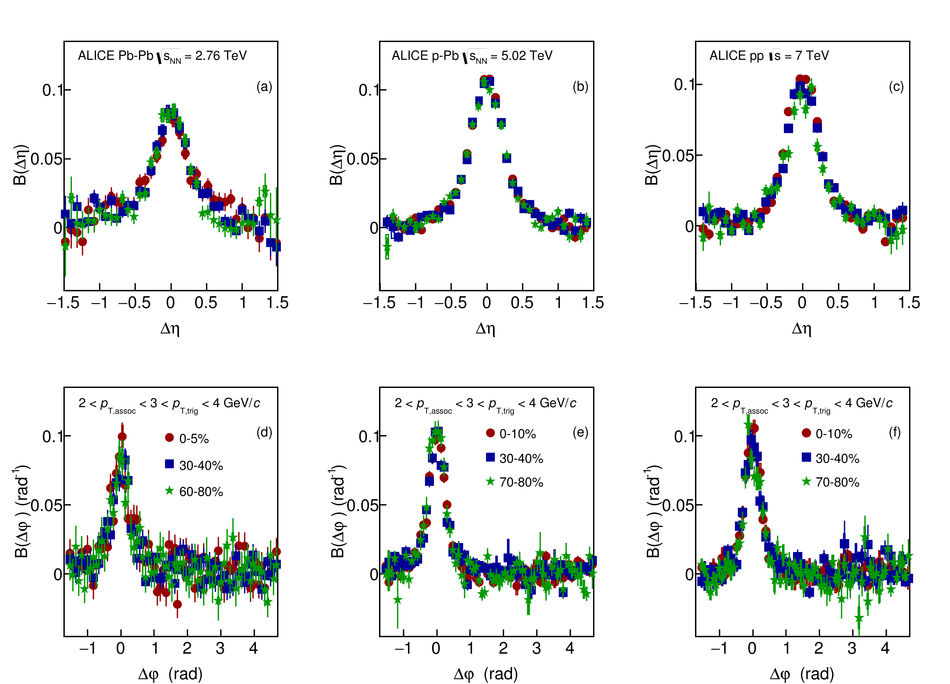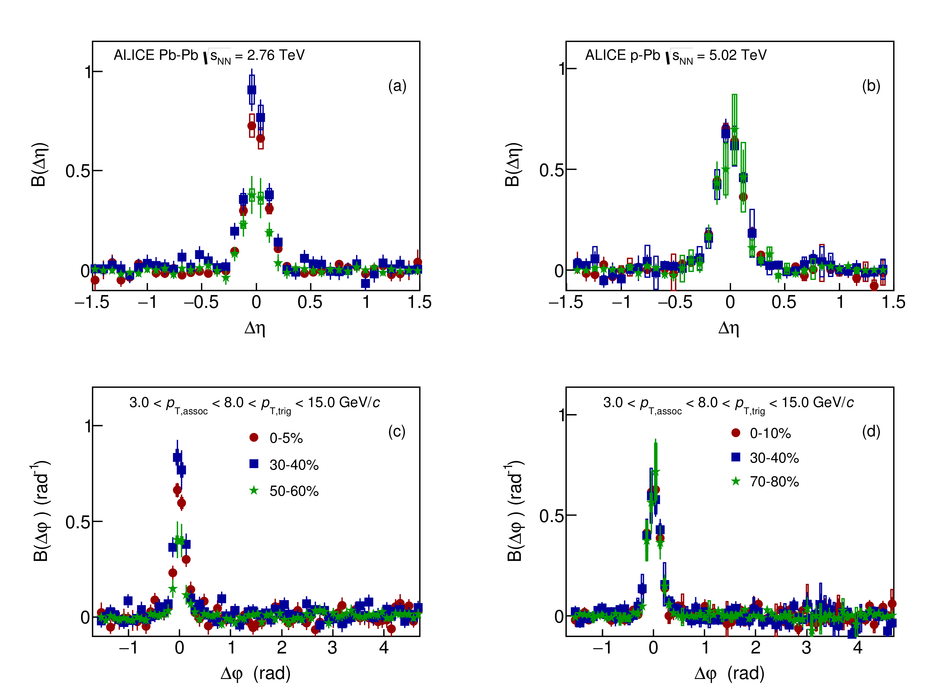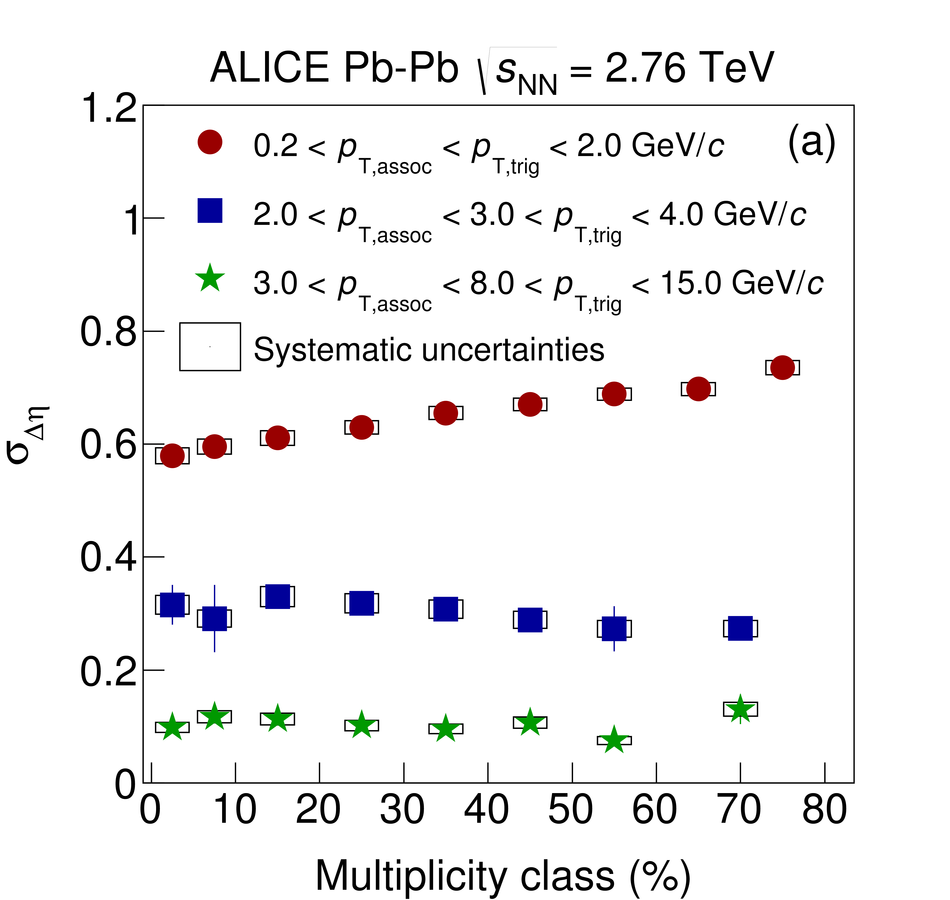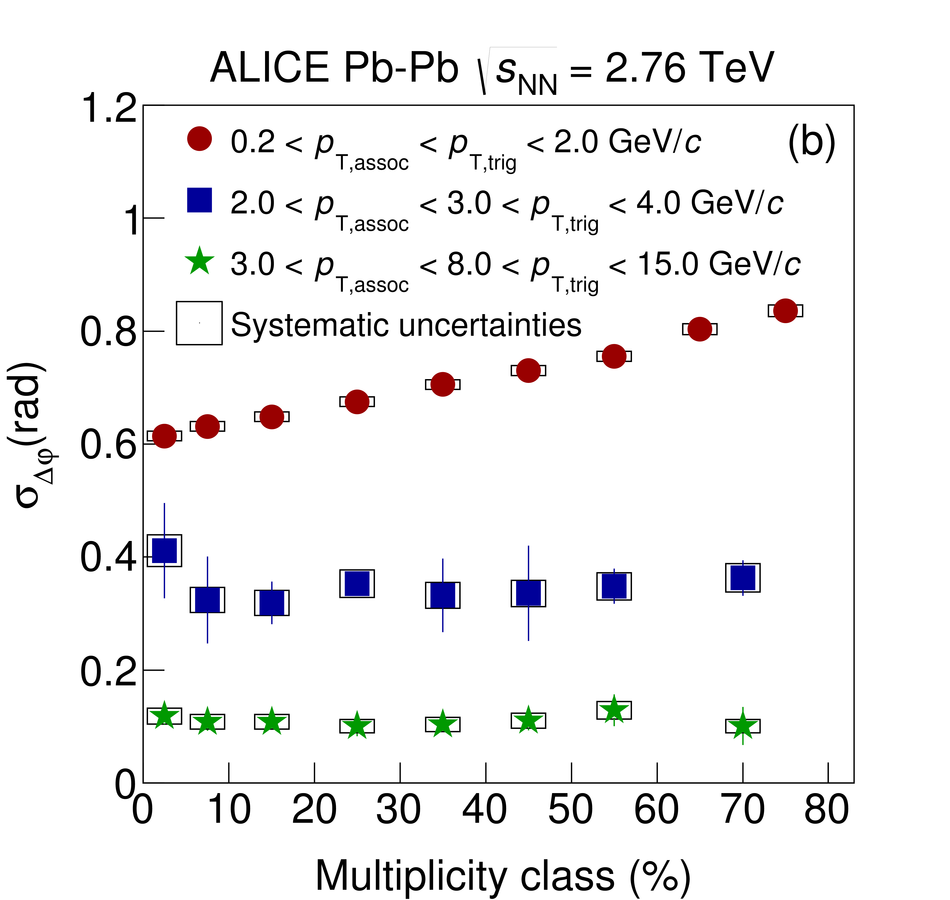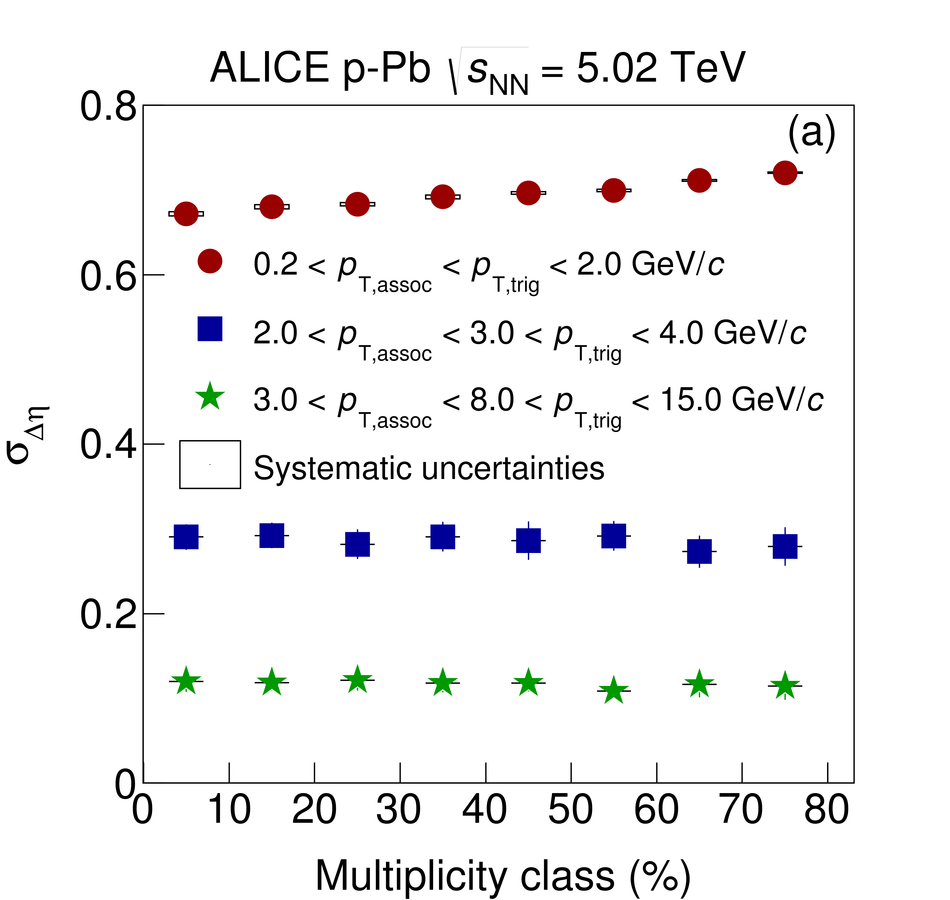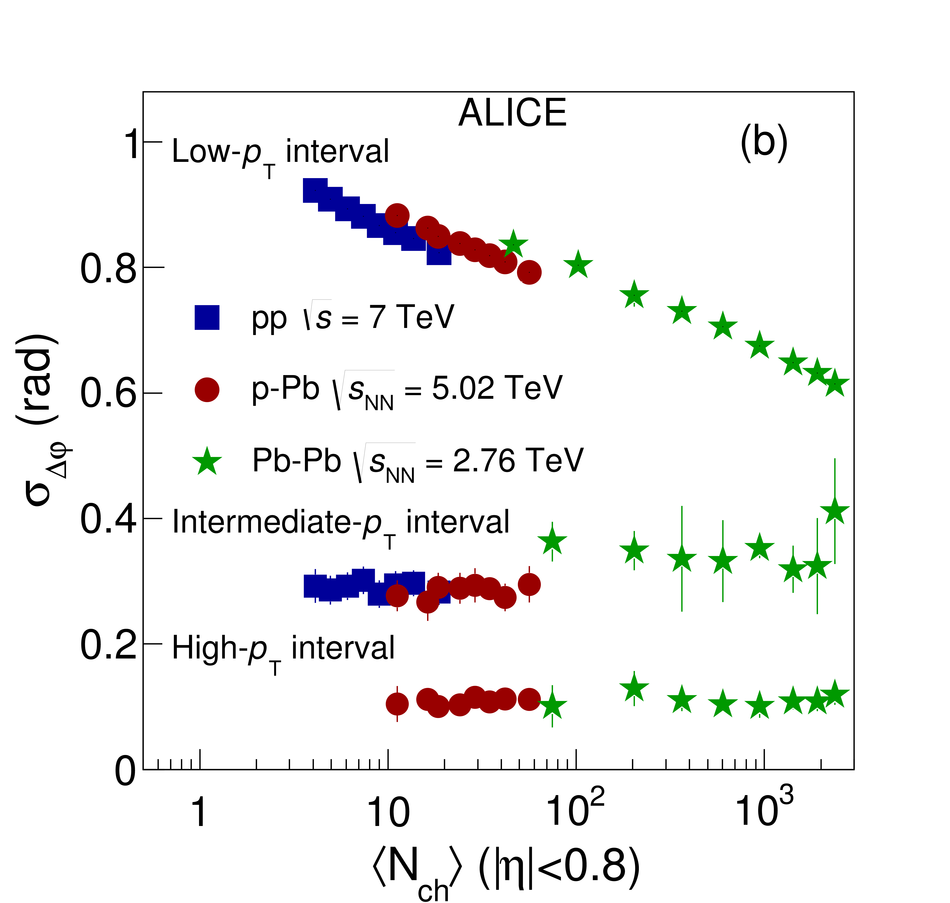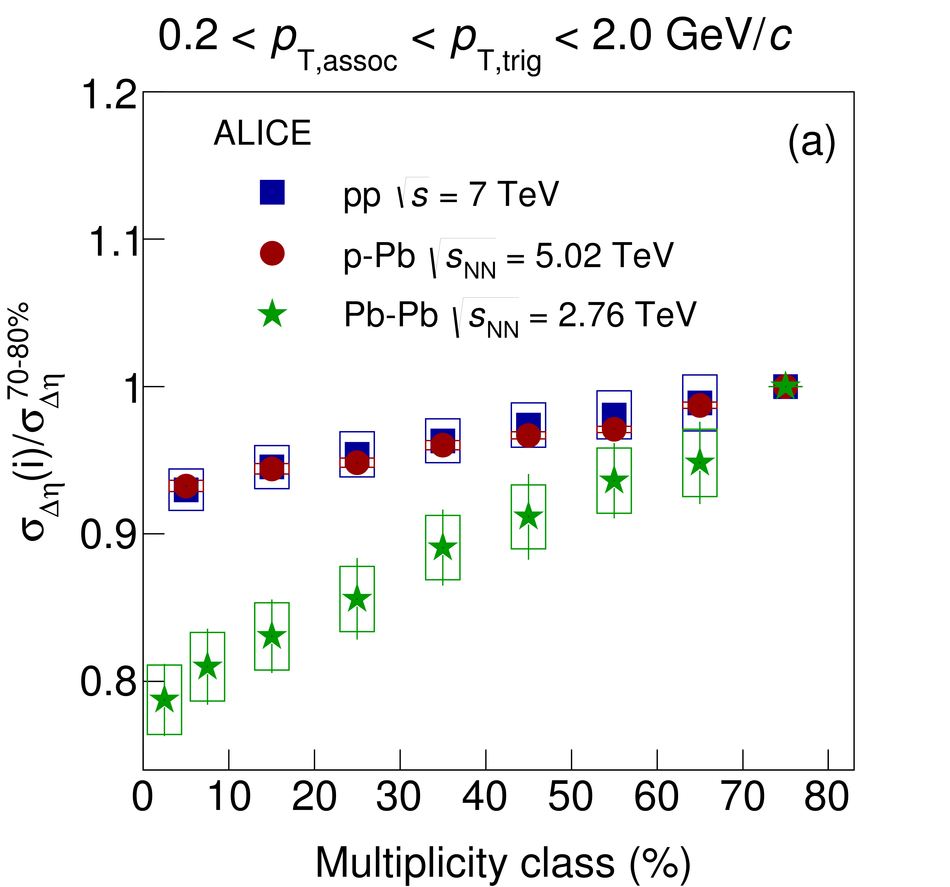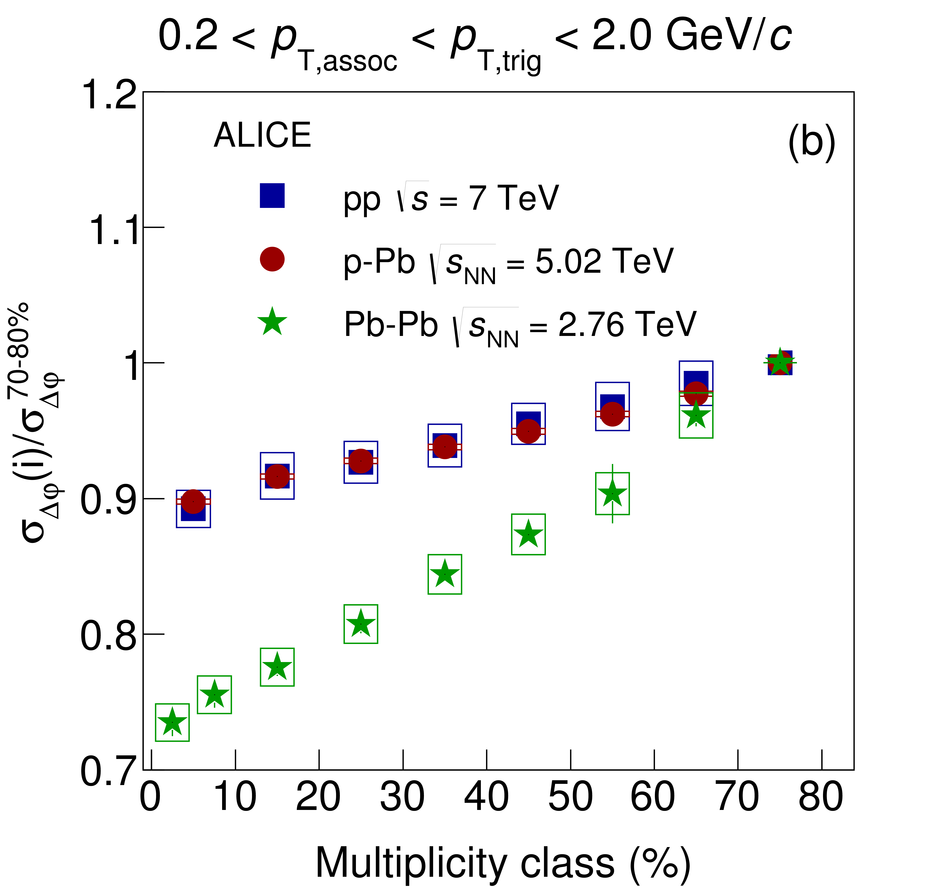We report on two-particle charge-dependent correlations in pp, p-Pb, and Pb-Pb collisions as a function of the pseudorapidity and azimuthal angle difference, $\mathrm{\Delta}\eta$ and $\mathrm{\Delta}\varphi$ respectively. These correlations are studied using the balance function that probes the charge creation time and the development of collectivity in the produced system. The dependence of the balance function on the event multiplicity as well as on the trigger and associated particle transverse momentum ($p_{\mathrm{T}}$) in pp, p-Pb, and Pb-Pb collisions at $\sqrt{s_{\mathrm{NN}}} = 7$, 5.02, and 2.76 TeV, respectively, are presented. In the low transverse momentum region, for $0.2 <~ p_{\mathrm{T}} <~ 2.0$ GeV/$c$, the balance function becomes narrower in both $\mathrm{\Delta}\eta$ and $\mathrm{\Delta}\varphi$ directions in all three systems for events with higher multiplicity. The experimental findings favor models that either incorporate some collective behavior (e.g. AMPT) or different mechanisms that lead to effects that resemble collective behavior (e.g. PYTHIA8 with color reconnection). For higher values of transverse momenta the balance function becomes even narrower but exhibits no multiplicity dependence, indicating that the observed narrowing with increasing multiplicity at low $p_{\mathrm{T}}$ is a feature of bulk particle production.
Eur. Phys. J. C 76 (2016) 86
HEP Data
e-Print: arXiv:1509.07255 | PDF | inSPIRE
CERN-PH-EP-2015-263

